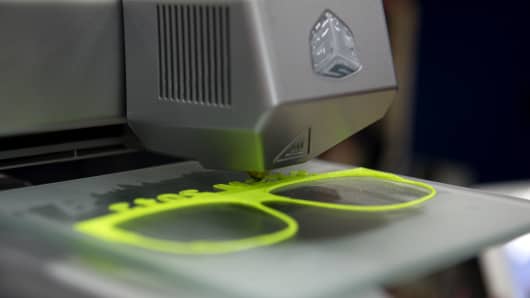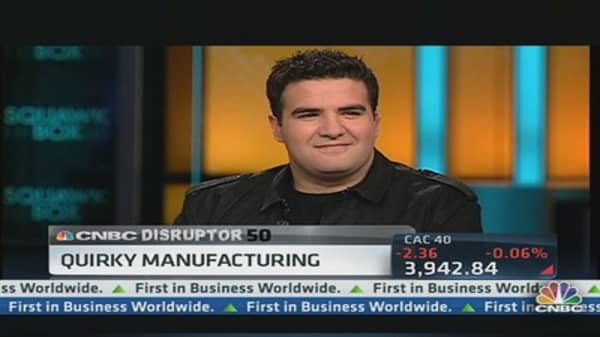Human organ trafficking, weapons manufacturing, drones. These are things we associate with criminal organizations or the stealth maneuvers of governments, not something we do ourselves.
Welcome to the new era of manufacturing. From 3-D printing to unmanned aerial vehicles you can buy online for less than a computer, the disruptions to the traditional manufacturing model have opened up a world of possibilities in product creation.
The manufacturing names on CNBC's inaugural Disruptor50 are more alike than different, exhibiting characteristics that have come to define successful disruptions across all major sectors of the market.
(Read More: The Design of Disruption)




